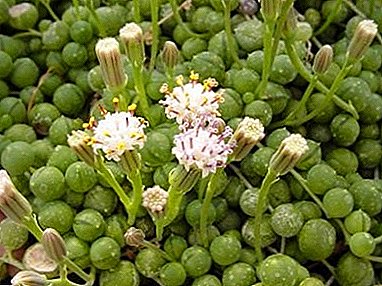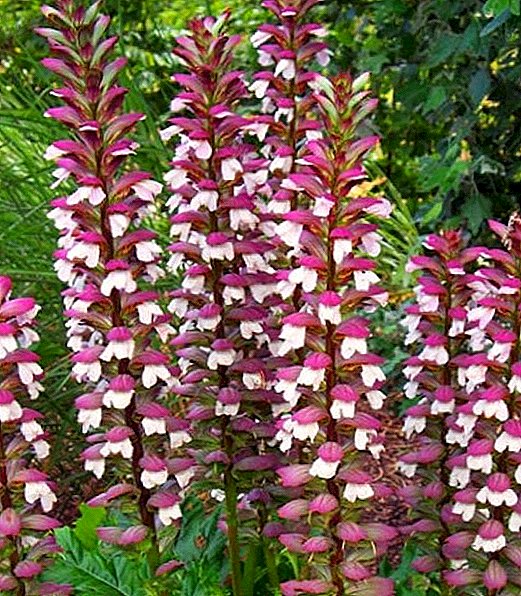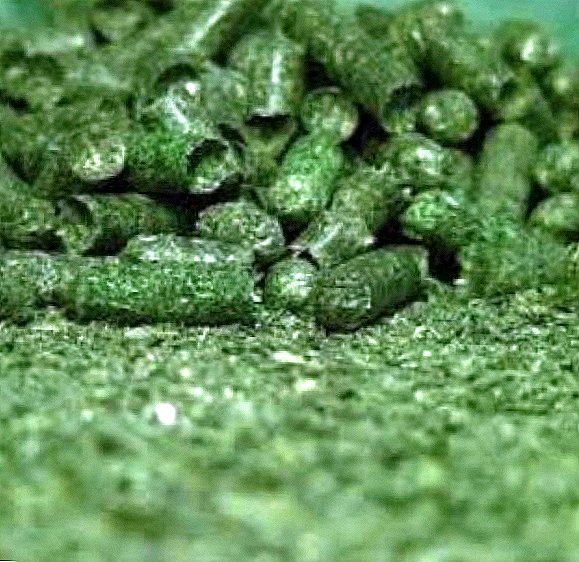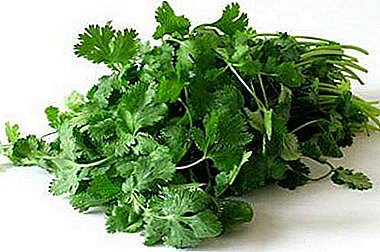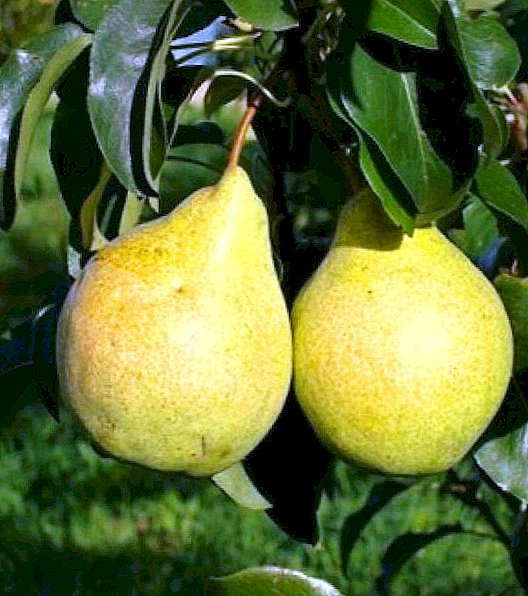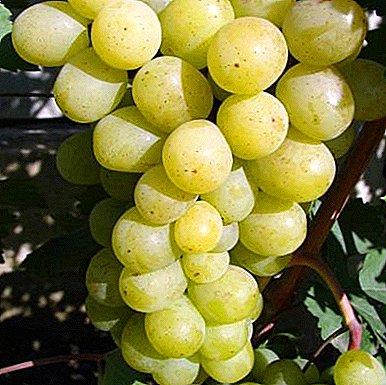
A huge number of hybrid varieties were bred for cultivation in certain regions, taking into account specific climatic factors.
Long selection allows to achieve not only frost-resistant, but also high-yielding varieties.
One of these is the Alex grape variety, suitable for cultivation in the south-western and northern regions.
Alex variety description
Alex's white variety belongs to the dining form with an average maturity. This is a new variety of complex US-European hybrid.which showed itself well in a graft culture.
Among the table varieties such as Dubovsky Pink, Karmakod and Korinka Russkaya are popular.
Appearance of grapes
 Alex berries are large, weighing from 9 to 13 g of a cylindrical shape. When fully ripe, the color of the fruit becomes dull milky with a slight greenish tint.
Alex berries are large, weighing from 9 to 13 g of a cylindrical shape. When fully ripe, the color of the fruit becomes dull milky with a slight greenish tint.
The berries have a dense skin that is almost not felt when consumed and crispy juicy pulp with high sugar accumulation - up to 20% with an acidity of 6%.
The harmonious muscat taste of fresh grapes received a high score during tasting - 8.2 points. Great taste is also demonstrated by Pharaoh, Velika and Romeo.
The berries are collected in large dense cylindricon clusters, the average weight of which is 800-1000g, but with good care it can reach 1800-2000g with a width of 18-19 cm and a length of 32-35 cm.
Alex's berries do not differ in the ability to ripen after a breakdown, therefore it is necessary to select the optimal time for harvesting.
Vine ripens well, fruitful shoots more than 60%. The cuttings of this variety are well rooted and combined with stocks. Pruning of the vine is carried out on 7 eyes. Shrubs have a great growth force and a highly developed root system, so you should not plant the plants close to each other, the optimal distance is 2 meters. Alex's flower is bisexual, so the plant does not need additional pollination.
The leaves of this variety are large, the color of which differs from different sides: the top of the leaf is dark green, the bottom is lighter with a slight paternity pubescence.
Breeding history
Variety Alex (VI-3-3-8) was obtained in VNIIViV them. Potapenko (Russia, Rostov region) by crossing varieties Vostorg and Biruintsa.
In the same scientific research institute such known grades as Harold, Red Delight and the Sabot were born.
Characteristic
Alex grapes differ in earlier-average ripening period, the growing season lasts 120-130 days. Full maturity of the fruits comes in late August and early September.
To obtain the greatest yield, the bush must be rationed by shoots, leaving no more than 35. At the same time, the garter plays an important role, which will distribute the load of large grapes on the plant in space. Viva Hayk, Muscat Dievsky and Kishmish Jupiter also require normalization.
 The average yield when grown in a non-roofed crop is 135 centners per hectare.
The average yield when grown in a non-roofed crop is 135 centners per hectare.
Of great importance in the yield of the variety is the chosen landing site. The best option would be the southern and south-western slopes and plains, but due to its high frost resistance (up to 25 ° C), the variety lives well in lowlands on wet, light soil.
Berries without any damage suffer long-term transportation, without losing commercial qualities, and for a long time can be stored on the bush. The same qualities possess Augustine, New Century and Amethyst Novocherkassky.
A photo




Pests and diseases
Alex berries have a rather thick skin that prevents wasps and other insects from damaging the fruit.
The variety has a good resistance to powdery mildew (3.5 points), mildew (2.5) and gray mold (1 point). In order to prevent the plant can be sprayed with standard means not more than 2 times during the vegetative period - before flowering and until the berries are set.
Vineyards are often threatened by such common grape diseases as anthracnose, bacteriosis, chlorosis, bacterial cancer and rubella. Implement preventive measures on time and everything will be fine.
To a common pest phylloxera, the variety also has immunity. To leaf ala at the level of 1.5 points, and to the root, which causes grapes significant harm - 3.5 points. In order to minimize the risks of damage by pests of a variety, it is sufficient to carry out usual agrotechnical measures, which include:
- Removal of affected plant parts and their destruction in order to prevent further spread of pests.
- Timely disposal of weeds - spider mites and aphids initially damage just them, then moving on to the grapes.
- Raising grapes to support and rationing of the vine will provide the necessary air exchange and prevent pests from spreading.
- Biopreparations treatment is a safe way to prevent the emergence of moth, spider mites and aphids.
By many characteristics, Alex grapes are not inferior to other varieties. It is well suited for cultivation in the northern regions under the condition of shelter for the winter and in the south in open ground. Due to good yields and transportation, the variety is not only suitable for its own consumption, but also for export.


